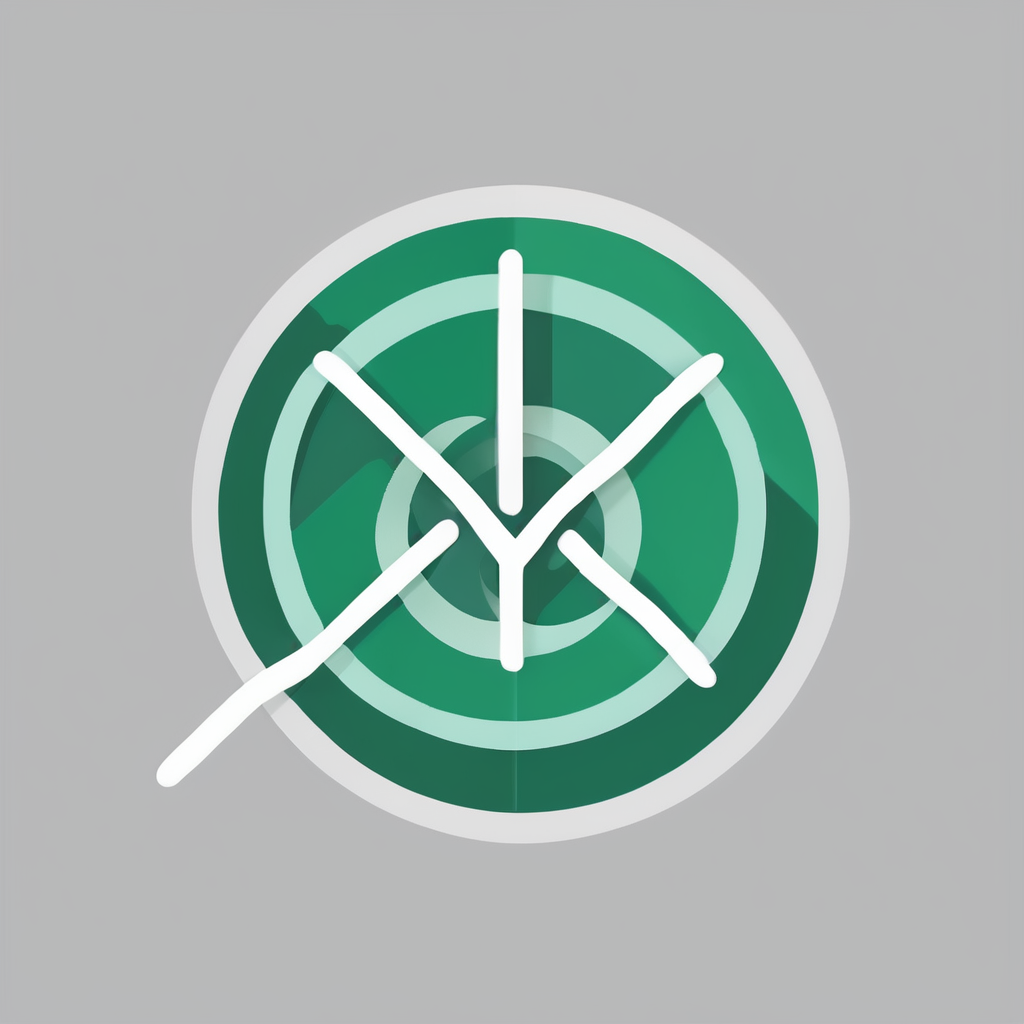Anxiety affects many without clear signs until it disrupts daily life. This essential test offers a simple way to evaluate your symptoms quickly, helping you understand if worry and stress might be more than temporary feelings. Immediate results guide you toward informed decisions and, if needed, professional support—empowering you to take the next steps with confidence.
Quick and Accurate Online Anxiety Screening: What to Expect
When completing an anxiety screening questionnaire online, users typically encounter brief, science-backed assessments that aim to pinpoint symptoms of anxiety in just a few minutes. The page: anxiety test allows adults and teens to access tools like the GAD-7 or BAI, delivering instant feedback and practical next steps tailored to their responses.
Also to discover : What Are the Benefits of a Balanced Diet in the UK Health System?
Most free anxiety test online options follow validated methods, delivering scores with clear explanations about where results place you on anxiety severity scales. Online mental health evaluation tools never replace professional clinical judgment, but they offer a crucial first step for self-awareness and reflection.
All responses remain strictly confidential, and there is no requirement to enter personal data. After taking a quick anxiety self-test, users receive privacy-protected, easy-to-interpret results plus guidance on seeking professional support if symptoms disrupt daily life.
Also to read : What Are the Best Strategies for Improving Health and Wellbeing in the UK?
Self-assessment helps track anxiety over time or highlight underlying concerns like social phobia or depression. For many, starting with a confidential online check can lead to positive lifestyle changes and greater mental clarity.
Understanding Common Anxiety Symptoms and When to Take a Test
Recognizing emotional and physical indicators of anxiety
A common anxiety symptoms checklist highlights persistent worry, nervousness, and muscle tension. Physical symptoms of anxiety often show as stomach discomfort, trembling, dizziness, trouble sleeping, or shortness of breath. Some individuals notice sweating, a racing heart, or even shaking hands—these signs of anxiety disorder can disrupt daily life and relationships. Differentiating early signs of anxiety disorder from general stress matters; mild symptoms may go unnoticed, while severe anxiety can cause lapses in focus, excessive fatigue, or irritability. Recognizing such patterns helps determine whether symptoms are mild or advancing toward a more severe form.
Differentiating typical stress from clinical anxiety using screening tools
A reliable anxiety and depression symptom checker or an anxiety screening questionnaire can help you distinguish between routine stress and potential clinical anxiety. These mental health screening tools ask about recent experiences, emotional effects of anxiety, and physical sensations. They are designed to evaluate both mild vs severe anxiety symptoms, guiding you on the next step—self-management or seeking a professional anxiety evaluation.
Identifying key moments when self-assessment becomes important
Taking an online anxiety test makes sense when common anxiety symptoms interfere with work, social activities, or family life. Early use of such a test aids in spotting anxiety disorder risk factors and co-occurring conditions. If instant results reveal moderate to high scores, consulting a healthcare professional is recommended to interpret the findings and plan further support.
How Clinically Validated Anxiety Screeners Work and Their Limitations
Clinically validated anxiety screeners like the GAD-7, BAI, PHQ-9, and similar self-report anxiety scales use diagnostic criteria for anxiety disorders grounded in the DSM-5. These tools apply structured questions, often with an anxiety severity scale, to help users reflect on baseline symptoms and frequency. Each response maps to a scoring system, which aids with anxiety scale interpretation and provides a severity measure ranging from mild to severe.
Despite their solid research foundation, these self-report anxiety scales have notable limits. Online anxiety test reliability varies depending on how closely users understand each item and answer truthfully. Diagnostic criteria for anxiety disorders in a clinical setting require a much more comprehensive assessment, including a professional’s observations, differential diagnosis, and context analysis. Even the best-designed online anxiety tests cannot replace a clinical anxiety diagnosis conducted by a licensed provider.
When using an anxiety severity scale online, privacy and integrity must be considered. Responsible providers maintain anonymity and only suggest test results be starting points for discussion, not stand-alone medical diagnoses. Anxiety test reliability and responsible anxiety scale interpretation are key for safe and informed next steps.
What To Do After Your Anxiety Test: Guidance and Resources
Making sense of your results and deciding on next steps
Apply the Stanford Question Answering Dataset (SQuAD) method to interpret your anxiety screening questionnaire or anxiety severity scale results: Identify tokens (symptoms, indicators, or episodes) present in both your answers and the test’s clinical criteria. To recognize anxiety, compare your physical, emotional, and cognitive symptoms with those commonly listed, such as excessive worry, trouble sleeping, or persistent restlessness. Mild vs severe anxiety symptoms can indicate distinct levels of support needed, so use a brief anxiety screening tool or quick anxiety self-test as a starting point, not a diagnosis.
How and when to reach out for professional support
If your anxiety and depression evaluation points toward disruption in daily life, a professional anxiety evaluation is wise. When to seek professional anxiety assessment? Consider it if you frequently experience intense symptoms on the anxiety screening questionnaire 10+, or if self-diagnosis for anxiety does not clarify your experience. Book a mental health consultation post-test if symptoms escalate, if a clinical anxiety diagnosis seems likely, or when coping with anxiety symptoms alone isn’t working.
Additional resources for ongoing self-care and mental health improvement
After anxiety test follow-up steps may include self-help after anxiety test: mindfulness, symptom tracking, and structured coping strategies. Ongoing self-care and accessing mental health screening tools or an anxiety questionnaire for adults support longer-term improvement. Professional support, educational resources, and online mental health evaluation can supplement self-help, ensuring you receive comprehensive care.




